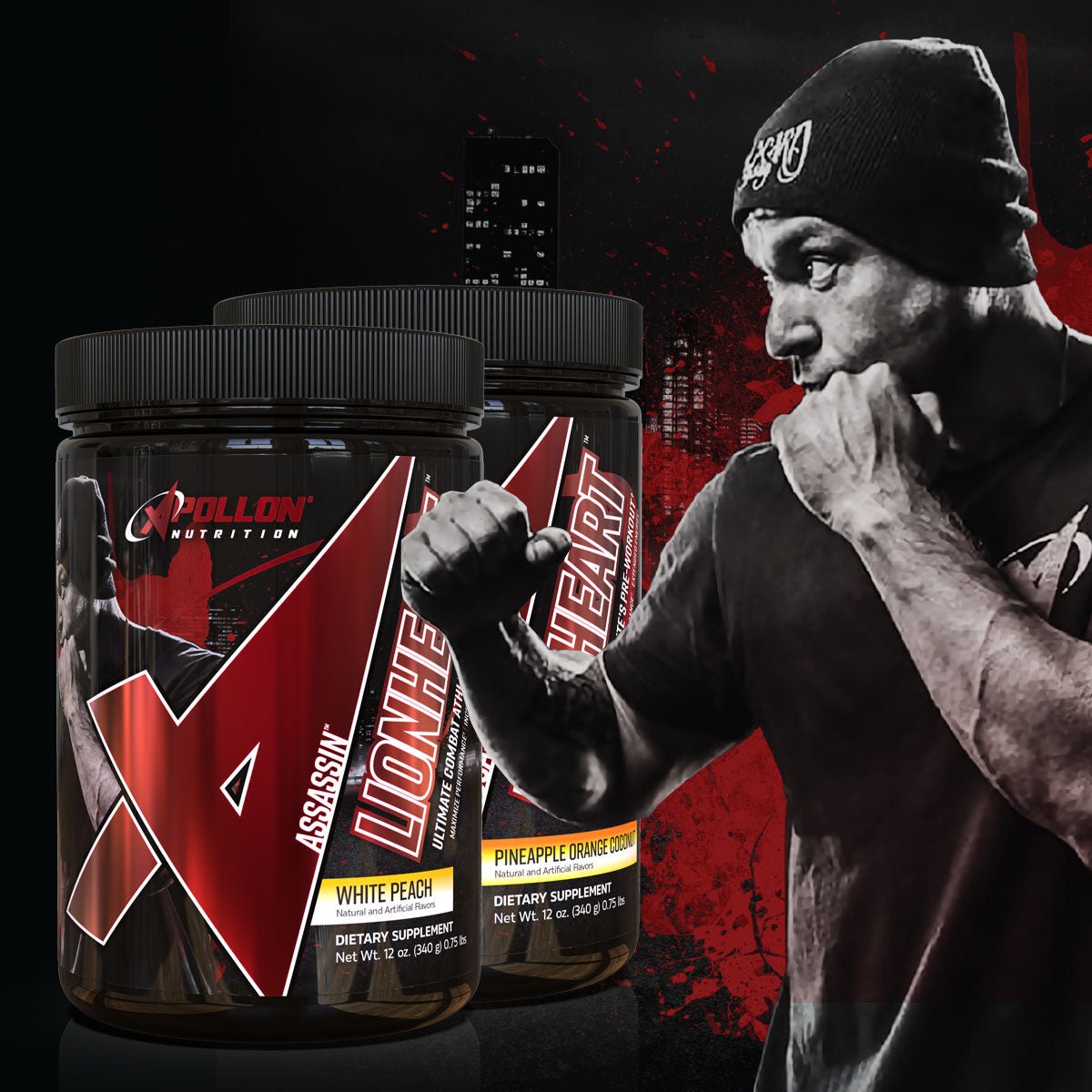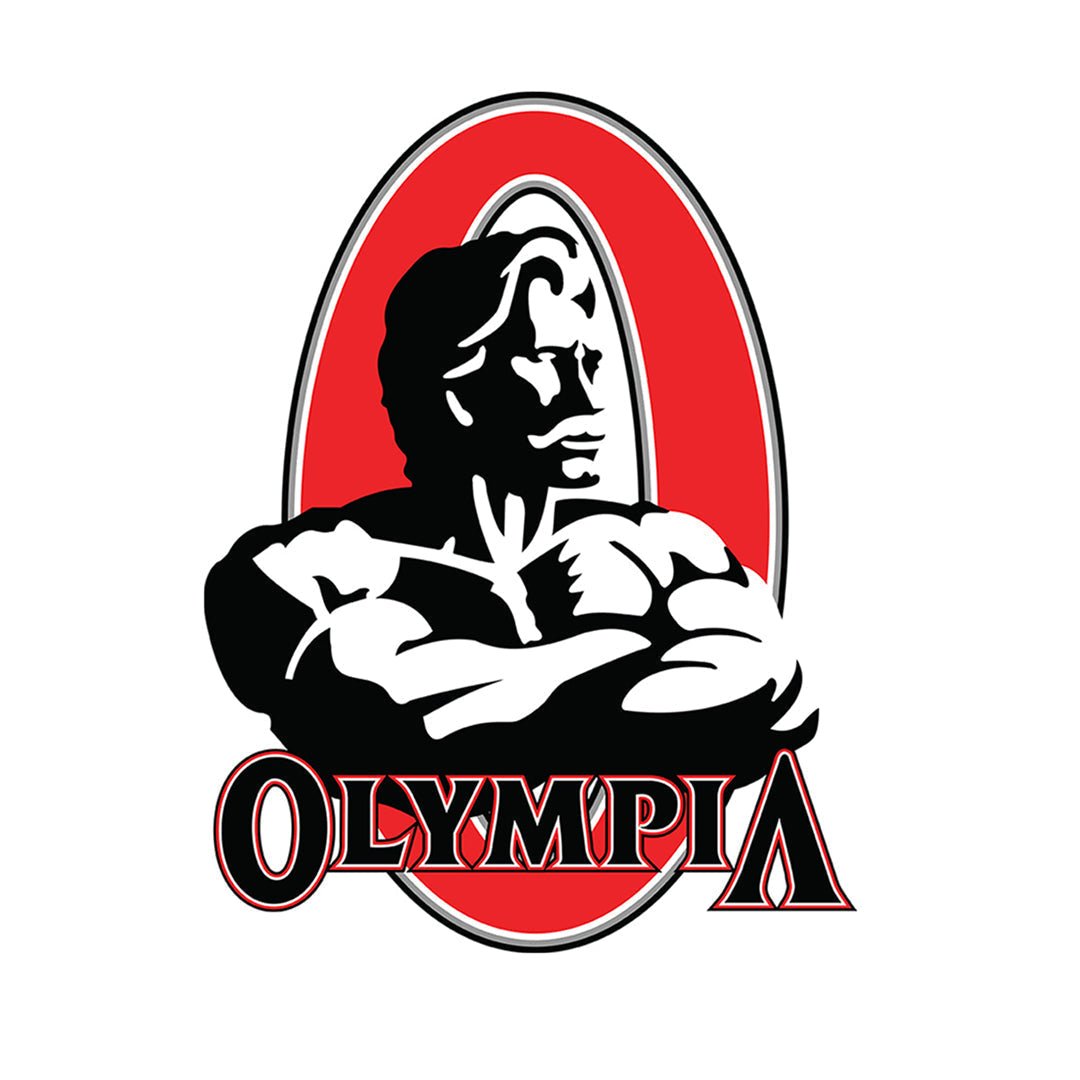Ever wondered where those potent bioactive peptides in your supplements actually come from? Here's a reality check: they're not lab-synthesized miracles. They're fragments hidden within natural dairy proteins, waiting to be unlocked through digestion or gentle processing. At Apollon Nutrition, we champion the uncompromised truth: excellence comes from understanding the source, not chasing over-refined marketing BS.
In this eye-opener, we'll trace the roots of these peptides back to milk and especially bovine colostrum, spotlighting Proline-Rich Polypeptides (PRP) as a prime example. We'll also expose why whey protein isolate (WPI) or highly refined whey often loses these performance gems, challenging the myth that purer automatically means better. This is for the committed—those who demand facts over fluff in their relentless pursuit of peak potential.
The Origins of Bioactive Peptides: Encrypted in Dairy Proteins
Here's what most supplement companies won't tell you: bioactive peptides are short amino acid chains tucked away inside larger proteins, only emerging when those proteins get broken down. Did you know they originate from everyday dairy sources like milk and colostrum, formed through natural processes like enzymatic hydrolysis during digestion or fermentation? [1]
In bovine milk, these peptides come from whey and casein protein, the exact building blocks of cheese production byproducts. Whey, that liquid fraction everyone used to throw away, harbors peptides from beta-lactoglobulin, alpha-lactalbumin, and lactoferrin. Meanwhile, casein yields fragments like glycomacropeptide (GMP). [2]
But here's the kicker: these peptides aren't just floating around freely. They're "encrypted" in the protein sequence, only released when enzymes in your gut or during food processing break them free. [3] Consider the process of cheese-making or yogurt fermentation, where microbial enzymes cleave proteins, thereby unveiling these hidden sequences. [4] In your body, digestive enzymes like pepsin and trypsin do the heavy lifting, transforming intact proteins into peptides that can actually cross into your bloodstream. [5]
This natural mining process highlights exactly why whole or minimally processed dairy sources retain more of these components than their ultra-refined, overprocessed counterparts.
Bovine Colostrum: Nature's Peptide Treasure Trove
Did you know bovine colostrum, the first milk produced by cows after calving, is a superior source of bioactive peptides compared to regular milk? [6] We're not talking about a small difference here. Unlike regular milk with about 3-4% protein, colostrum packs up to 15-20% protein in those initial days, absolutely loaded with immunoglobulins, growth factors, and peptides. [7]
These peptides come from colostrum's unique protein mix: around 60-80% whey proteins like lactoferrin and alpha-lactalbumin, with the rest from caseins. [8]
The formation process is fascinating: colostrum peptides develop through the cow's mammary gland synthesis, concentrated in the pre-milk phase specifically to protect newborns. [9] They're released via gastrointestinal digestion or industrial hydrolysis, with factors like the cow's breed, health, and lactation timing massively influencing yield. The concentration is highest right after birth, then drops sharply thereafter. [7]
This makes colostrum a legitimate powerhouse: its peptides aren't just abundant—they're diverse, originating from sources that mature milk dilutes over time.
Spotlight on Proline-Rich Polypeptides (PRP): A Colostrum Exclusive
Want to know about a standout peptide complex? Enter Proline-Rich Polypeptides (PRP), also called colostrinin. Did you know PRP comes almost exclusively from colostrum? It's present in cow, goat, and human varieties, with bovine sources being the most extensively studied. [9]
These aren't your average peptides; they're low-molecular-weight compounds (500-3000 Da) that are rich in proline (up to 25%), derived from colostral whey and casein fractions. [10]
PRP originates in the mammary glands during late pregnancy, accumulating in colostrum to aid immune development in offspring. [7] They're released through enzymatic breakdown—either through gut digestion or lab hydrolysis using methods like fractionation and chromatography to isolate them without destroying their structure. [10]
Here's what separates PRP from the pack: unlike peptides in mature milk, PRP concentrations in colostrum can reach 0.1-0.5% of total protein, making it a prime mining opportunity. [7] This fact underscores colostrum's edge—PRP simply isn't replicated in standard whey at the same levels.
Why Highly Refined Whey Like WPI Isn't Always Superior: The Processing Pitfall
Time for some myth-busting: while WPI boasts 90%+ protein purity, did you know its refining process often strips away bioactive peptides, making it potentially inferior to less processed forms like whey concentrate? [11]
Here's what happens: whey starts peptide-rich from milk separation, but aggressive processing steps like ion-exchange chromatography, ultrafiltration, and heat treatment filter out small peptides as "impurities" right alongside lactose and fats. [11]
This intensive refining denatures proteins, reducing enzyme access for peptide release during digestion. [11] For example, ion-exchange uses harsh pH shifts and chemicals that degrade heat-sensitive peptides, while filtration membranes trap larger proteins but let smaller bioactives slip away or get discarded entirely. [12]
Studies reveal that while WPI digestion yields peptides, the starting material has fewer intact bioactives than concentrate due to massive losses during production. [13] Colostrum-derived whey fares even worse under heavy refining, as its dense peptide profile gets completely diluted. [11]
The brutal truth? Over-refinement prioritizes purity over completeness, which is exactly why at Apollon, we question the entire "cleaner is better" narrative.
Peptide Origins and Processing Impact: The No-BS Breakdown
Let's drive this home with how peptides actually stack up in sources and under processing—no hype, just cold hard facts:
|
Peptide/Source |
Origin in Dairy |
Release Mechanism |
Processing Impact in Refined Whey (e.g., WPI) |
|
General Bioactive Peptides |
Whey (beta-lactoglobulin, alpha-lactalbumin), Casein |
Enzymatic hydrolysis, digestion, fermentation |
Often lost via filtration/denaturation; reduced yield [11] |
|
Lactoferrin-Derived |
Whey proteins in milk/colostrum |
Gut enzymes, industrial digestion |
Degraded by heat/chemicals; lower retention [12] |
|
Glycomacropeptide (GMP) |
Kappa-casein in whey |
Fermentation/digestion |
Filtered out in purification; minimal in WPI [2] |
|
Proline-Rich Polypeptides (PRP) |
Colostrum whey/casein |
Hydrolysis, fractionation |
Highly vulnerable; stripped in over-refining [7] |
|
Immunoglobulin Fragments |
Colostrum immunoglobulins |
Enzymatic breakdown |
Denatured/lost; concentrate preserves more [6] |
This table spotlights the uncomfortable truth: natural sources like colostrum hold the keys, but excessive refining locks most of the doors.
Final Verdict: Know Your Sources, Demand the Whole Truth
Bioactive peptides trace back to humble dairy origins—milk proteins broken down naturally, with colostrum standing as the ultimate vault, home to PRP and countless other performance compounds. Yet highly refined whey like WPI often sacrifices these treasures for the illusion of purity, proving that "better" isn't always more processed.
At Apollon Nutrition, we embody the immigrant grit of founders Robert and Marina Samborsky: build from the ground up, no shortcuts, no compromises. Choose sources that honor the whole picture, earn your edge through knowledge, not marketing myths.
#ApollonStrong isn't given; it's mined from the real. Now question your supplements and grind harder.
References
-
Korhonen, Hannu, and Anne Pihlanto. "Bioactive Peptides: Production and Functionality." International Dairy Journal, vol. 16, no. 9, Sept. 2006, pp. 945–960, doi:10.1016/j.idairyj.2005.10.012.
-
Thomä-Worringer, Carmen, et al. "Health Aspects and Technological Properties of Caseinomacropeptide." International Dairy Journal, vol. 16, no. 11, Nov. 2006, pp. 1348–1356, doi:10.1016/j.idairyj.2006.06.006.
-
Nongonierma, Alice B., and Richard J. FitzGerald. "Bioactive Peptides from Milk Proteins: An Overview." Journal of Dairy Science, vol. 98, no. 9, Sept. 2015, pp. 5817–5830, doi:10.3168/jds.2014-9239.
-
FitzGerald, Richard J., and Brian A. Murray. "Bioactive Peptides and Lactic Fermentations." International Journal of Dairy Technology, vol. 59, no. 2, May 2006, pp. 118–125, doi:10.1111/j.1471-0307.2006.00250.x.
-
Meisel, Hans. "Biochemical Properties of Regulatory Peptides Derived from Milk Proteins." Biopolymers, vol. 43, no. 2, 1997, pp. 119–128, doi:10.1002/(SICI)1097-0282(1997)43:2<119::AID-BIP4>3.0.CO;2-Y.
-
Playford, Raymond J., et al. "Bovine Colostrum Is a Health Food Supplement Which Prevents NSAID-Induced Gut Damage." Gut, vol. 44, no. 5, May 1999, pp. 653–658, doi:10.1136/gut.44.5.653.
-
Krissansen, Geoffrey W. "Emerging Health Properties of Whey Proteins and Their Clinical Implications." Journal of the American College of Nutrition, vol. 26, no. 6, Dec. 2007, pp. 713S-723S, doi:10.1080/07315724.2007.10719652.
-
Haug, Anna, et al. "Bovine Milk in Human Nutrition – A Review of the Health Benefits of Whey Proteins and Peptides." Nutrients, vol. 12, no. 9, Aug. 2020, p. 2567, doi:10.3390/nu12092567.
-
Zimecki, Michal, and Geoffrey W. Krissansen. "Colostrinin (Proline-Rich Polypeptide): An Immunomodulatory Peptide from Bovine Colostrum." Current Medicinal Chemistry – Immunology, Endocrine & Metabolic Agents, vol. 3, no. 1, Mar. 2003, pp. 45–53, doi:10.2174/1568013033358738.
-
Janusz, Maria, and Anna Zabłocka. "Colostrinin: A Proline-Rich Polypeptide Complex of Potential Clinical Importance." BioFactors, vol. 34, no. 4, 2008, pp. 289–297, doi:10.1002/biof.5520340404.
-
de Wit, Joop N. "Functional Properties of Whey Proteins: Influence of Processing." Food Chemistry, vol. 369, Feb. 2022, p. 130879, doi:10.1016/j.foodchem.2021.130879.
-
Marshall, Keri. "Therapeutic Applications of Whey Protein." Alternative Medicine Review, vol. 9, no. 2, June 2004, pp. 136–156, www.altmedrev.com/archive/publications/9/2/136.pdf.
-
Nongonierma, Alice B., and Richard J. FitzGerald. "The Scientific Evidence for the Role of Milk Protein-Derived Bioactive Peptides in Humans: A Review." Journal of Functional Foods, vol. 17, Aug. 2015, pp. 640–656, doi:10.1016/j.jff.2015.06.021.





Leave a comment
This site is protected by hCaptcha and the hCaptcha Privacy Policy and Terms of Service apply.